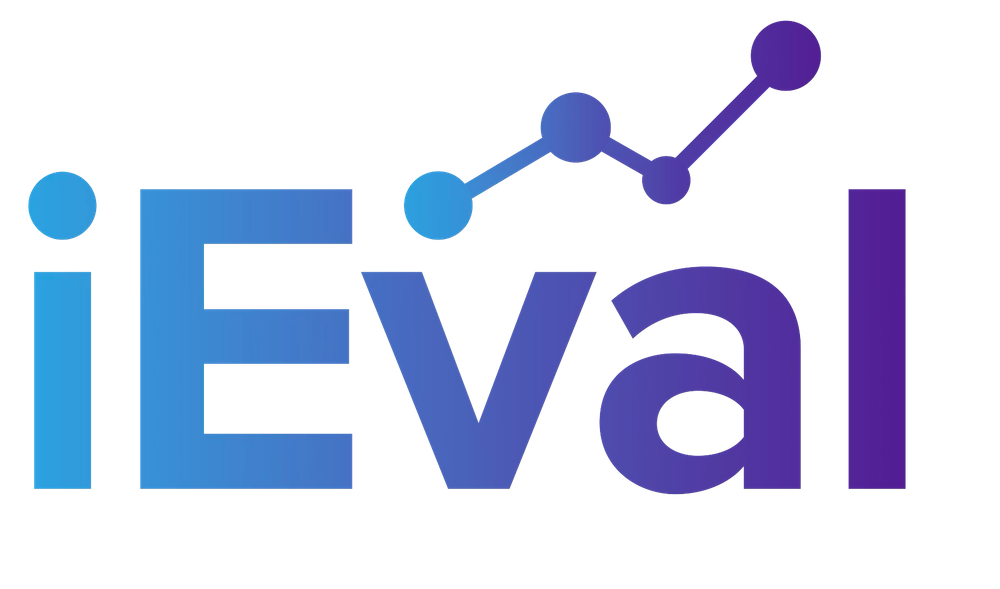Recently I participated in a half-day training on collaborative evaluations given by Brad Cousins. In a previous post, I have written about Brad Cousins who published a paper about use and misuse of evaluation. Brad Cousins may be most well known in evaluation for his development of what is called Participatory Evaluation. But, this workshop was intended to introduce us to some work he and his colleagues in Ottawa are working on. This focuses on an effort to develop a set of principles for collaborative evaluations.
Now, there is an important distinction I want to make here. The work that Dr. Cousins presented was related Collaborative Evaluation approaches, not Collaborative Evaluation. The latter is a specific evaluation approach (See Rodriguez-Campos, 2012) based upon ongoing engagement with stakeholders by the evaluator(s). The former though is what Cousins and his colleagues describe as a family of approaches which have collaborative inquiry at their heart (Cousins, Whitmore & Shulha, 2013). This includes approaches which are premised upon the development of a collaborative relationship between evaluator and stakeholders. They differ in terms of who is engaged, how in-depth that engagement goes and the level of decision making that stakeholders receive (see figure 1). They also have different purposes (i.e., empowerment evaluation is intended to actually empower stakeholders through the evaluation process)
Figure 1. Dimensions of form in collaborative inquiry.
Cousins, Whitmore & Shulha, American Journal of Evaluation 2013;34:7-22
So, they have this basic concept of collaborative inquiry as it relates to evaluation, and I find the argument for talking about these different approaches as part of a family makes good sense. Not only do they make the case for this family to exist, but they have developed a set of principles to guide evaluators who are implementing an approach that is a member of this collaborative family. I am not going to share those here because a paper written by Dr. Cousins and his colleagues will be published in the American Journal of Evaluation soon and I don’t want to let the cat out of the bag.
But, these types of evaluation are very use-friendly. Their emphasis on engaging with stakeholders around various evaluation processes means they end up feeling like they own the results, making it more likely that stakeholders use the findings to make program improvements or programmatic decisions. These types of evaluation also build evaluative capacity within the groups that are deemed “collaborators.” They offer quite a bit, and they are worth looking into if you haven’t already.
I find this type of research on evaluation fascinating, and I wanted to share a little bit of what I learned. I also think that trying to refine and condense what I find to be a bloated universe of evaluation approaches is a laudable effort. I also wanted to convey some information about evaluation approaches which can be very good for fostering use. Maybe this makes you more inclined to do some reading up on these types of evaluation, maybe not. But I hope I have at least introduced you to something interesting in the world of evaluation.
COREY’S USEFUL TIP: Dr. Cousins and his colleagues are looking for evaluators who are interested in utilizing a collaborative approach to evaluation to pilot the principles they have developed to get a better sense of how they translate into practice. A public call will be going out soon. They will be offering support to anyone who chooses to participate related to designing an evaluation with these principles in mind. If you are interested, let me know.
Cousins J. B., Chouinard J. (2012). Participatory evaluation up close: A review and integration of research-based knowledge. Charlotte, NC: Information Age Press.
Cousins, J. B., Whitmore, E., & Shulha, L. (2013). Arguments for a common set of principles for collaborative inquiry in evaluation. American Journal of Evaluation, 34(1), 7-22.
Rodriguez-Campos L. (2012). Advances in collaborative evaluation. Evaluation and Program Planning, 35, 523–528























